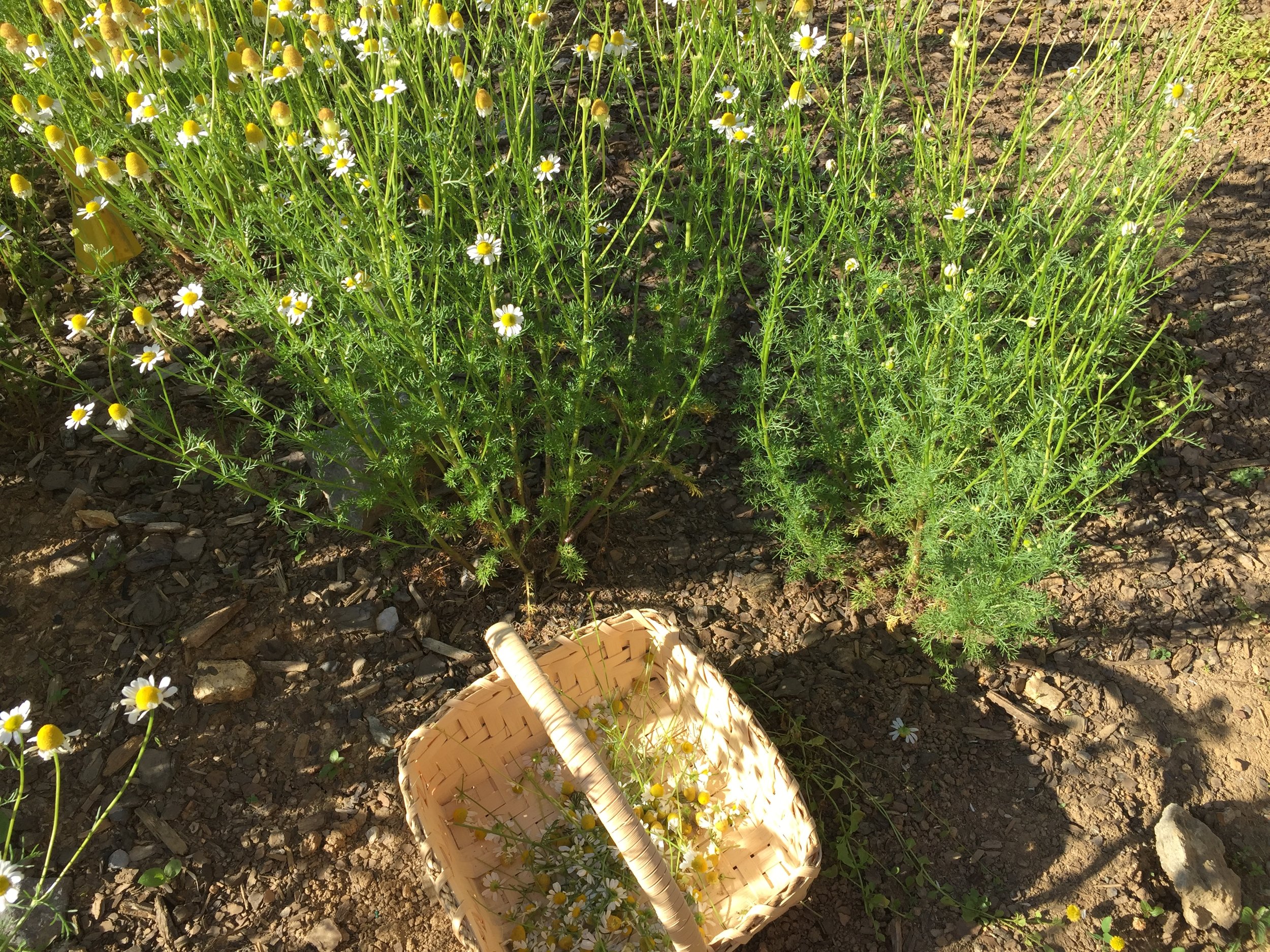These simple pictures don't reflect the emotions they evoke in me. This is an "oh, my" step in a personal journey. We planted this chamomile and coneflower this weekend.
SO?
Have you ever had something that you worked (and worked) toward and no matter how hard and long you worked it seemed to get further away?
Two and a half years ago Doug Traxler and I decided to turn our side yard into a Medicinal Herb Garden. With the help of Nashville Foodscapes and Lisa Bedner, RN and certified herbalist, the soil was prepped, the plants selected, and the garden designed. But then ...
All of 2017 was spent re-weeding. (Ok, not all. We did go to a friend's wedding in CA.) We would weed a section, then by the time the next section was weeded, the bermuda grass would reappear in another area. Evenings. Weekends. Over and over.
This spring we started weeding again.
But you know what happened? Enough of the deep roots were out that there were fewer and fewer weeds and grass. As fewer weeds came up, there were fewer to go to seed.
(Is anyone seeing a life lesson here, too?)
So, this weekend, after making the final layout of one of the herb beds, I was able to plant my first herbs in this garden.
As I sat listening to the rain, I felt such a sense of wonder and hope. "Wow. Something I had begun to feel discouraged over, finally has a tangible proof that IT CAN BE DONE." (Yes, there is still much more to do, but I have hope.)
If you are struggling to make something happen, drink a cup of chamomile tea (not from my garden yet, though ... it's not grown enough) and remember IT CAN BE DONE.












